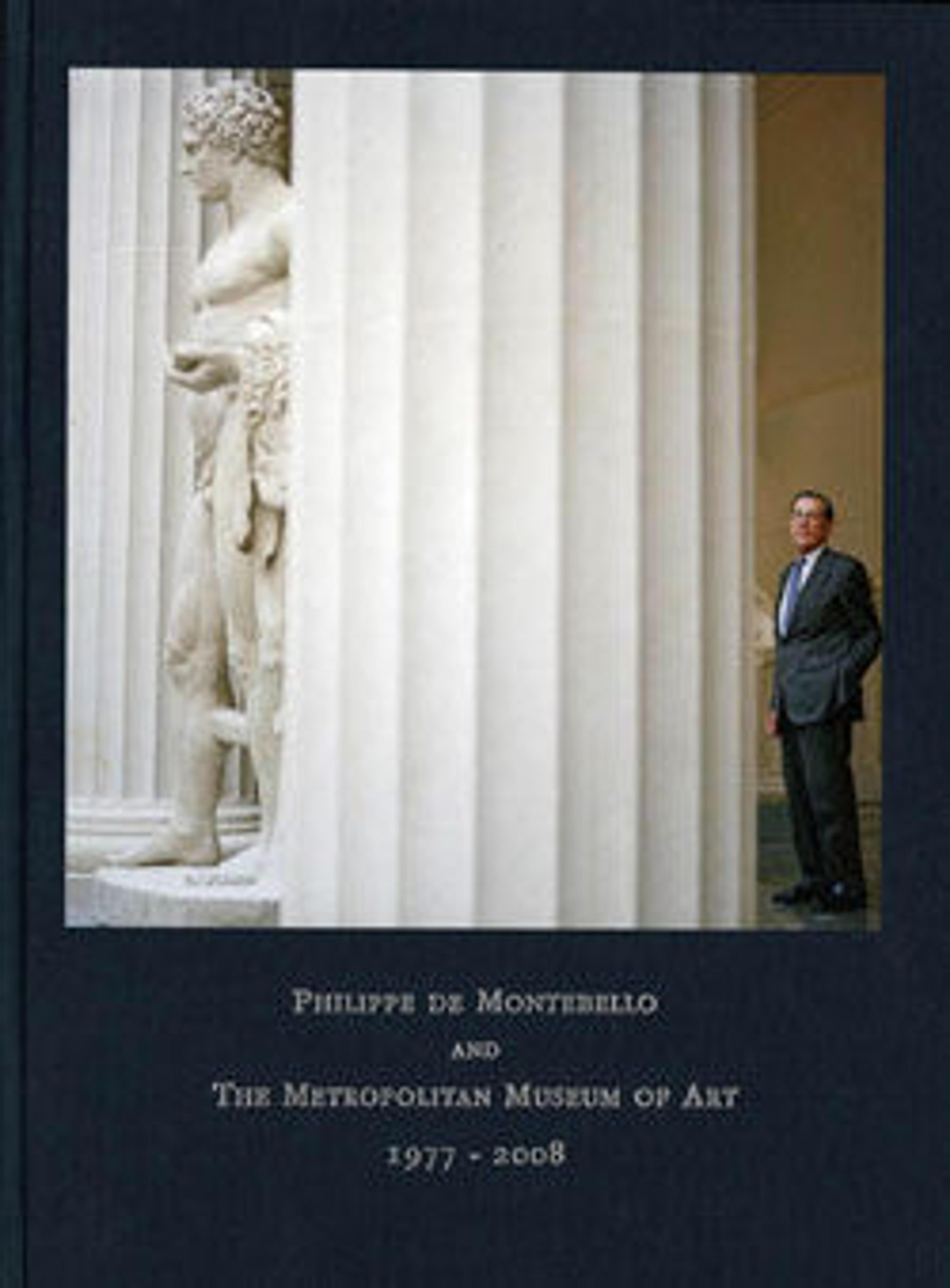Recumbent Lion
This imposing lion figure must once have guarded the entrance to a pyramid-age sanctuary. As the most powerful predator of the steppe bordering the Nile valley, the lion was a symbol of royalty from early on. The animal–especially the female–also embodied a number of deities. This sculpture is the earliest extant example of monumental size that has been preserved almost in its entirety. It was excavated by the British Egypt Exploration Fund in 1891 at Herakleopolis Magna, southeast of the Fayum oasis.
Artwork Details
- Title: Recumbent Lion
- Period: Old Kingdom
- Dynasty: early dynasty 4–5
- Date: ca. 2575–2450 B.C.
- Geography: From Egypt, Fayum Entrance Area, Herakleopolis (Ihnasya el-Medina), EEF excavations 1890-1891
- Medium: Granite
- Dimensions: L. 201 cm (79 1/8 in); w. 73 cm (28 3/4 in); h. 87 cm (34 1/4 in)
- Credit Line: Purchase, Anonymous Gift, in honor of Annette de la Renta; Annette de la Renta Gift; and Anne and John V. Hansen Egyptian Purchase Fund, 2000
- Object Number: 2000.485
- Curatorial Department: Egyptian Art
More Artwork
Research Resources
The Met provides unparalleled resources for research and welcomes an international community of students and scholars. The Met's Open Access API is where creators and researchers can connect to the The Met collection. Open Access data and public domain images are available for unrestricted commercial and noncommercial use without permission or fee.
To request images under copyright and other restrictions, please use this Image Request form.
Feedback
We continue to research and examine historical and cultural context for objects in The Met collection. If you have comments or questions about this object record, please contact us using the form below. The Museum looks forward to receiving your comments.
